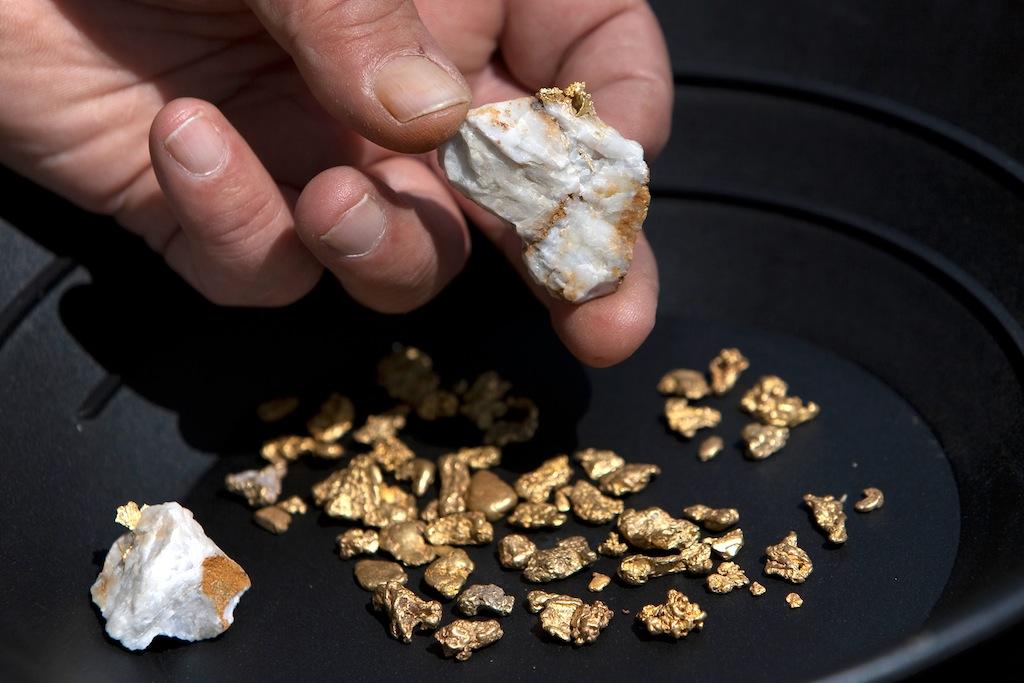California Gold Rush left toxic mercury legacy, study shows
Mercury used to extract gold during California’s Gold Rush in the mid 1800s is leaking into valleys below the gold mines.
The toxic pollutants used during California's 19th century gold rush are still lingering in the state's rivers and valleys, says a new study.
The Gold Rush of the 1850s has left high levels of mercury in foothills and valleys near and under former gold mines.
Researchers say that the mercury, which was used to extract the gold, will last thousands of years and continue to leak into fragile ecosystems.
The chemical could eventually find its way out of the mountains and into San Francisco Bay, into which some of the pollutant has already leaked.
"There are massive amounts of mercury-laden sediment making its way down to the lowlands." said study author Michael Singer, at the University of St. Andrews in Scotland and the University of California, Santa Barbara.
More from GlobalPost: Heavy pollution in Beijing, China (PHOTOS)
To get their findings, the scientists looked at the historical streamflow and topographical data to gauge sediment distribution along the stream.
They found deposits of mercury at 105 sites with mining debris that could be washed downstream for thousands of years.
The sites sat mostly along the Yuba River which runs into the lowlands from the Sierra Nevada mountain range.
They worry that major flooding could unleash the mercury, which would have negative effects on wildlife and the ecosystem.
The findings will be published online in the Proceedings of the National Academy of Sciences.
The article you just read is free because dedicated readers and listeners like you chose to support our nonprofit newsroom. Our team works tirelessly to ensure you hear the latest in international, human-centered reporting every weekday. But our work would not be possible without you. We need your help.
Make a gift today to help us reach our $25,000 goal and keep The World going strong. Every gift will get us one step closer.
